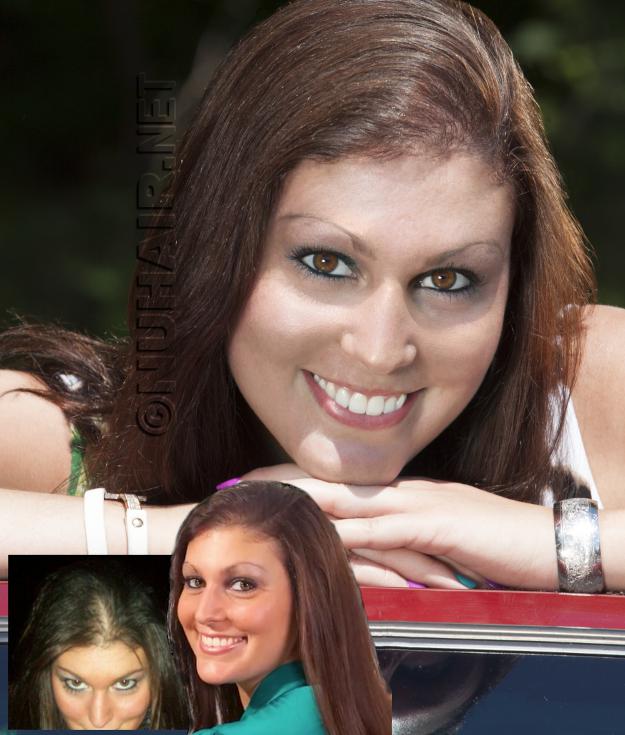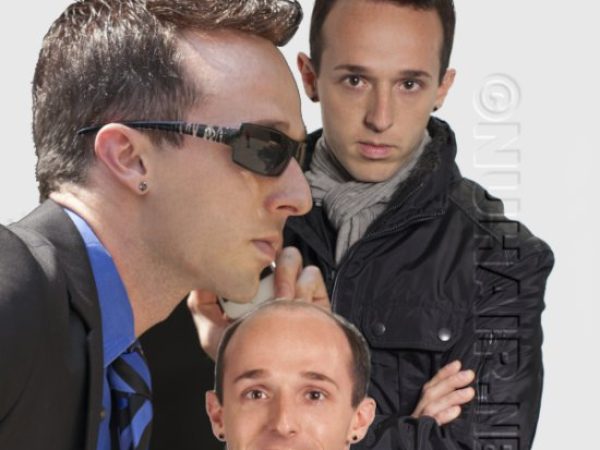Hair Transplants FAQ
Hair Transplantation Frequently Asked Questions. Answers FAQ on hair transplantation. Who is a hair transplant candidate? What can I expect after hair restoration surgery? How much is an average hair transplant?

FAQ
Hair transplants including risks, and what to expect FAQ
Here are several frequently asked questions that many men and women contemplate before getting a hair transplantation surgery. Dallas, Texas, a hair restoration specialist, notes that the hair transplant procedure is a surgical hair restoration and requires expert surgeons with vast experience. Your doctor will consider your hair type, general health, age, degree of hair loss, and overall patient expectations.
Hair Transplants FAQ
Hair Transplantation
- Who is a good candidate for hair transplants?
- What results can I expect? will I get my youthful hair density back with a hair transplant?
- What are the risks & complications of hair transplant surgery?
- I am starting to have thin hair. When should I have hair transplants?
- Can I have a haircut just before my hair transplant day?
After Hair Transplantation
- When can I get back to normal activities after the surgery?
- Are cosmetic products harmful to newly transplanted hair?
- Can I hide the sutures immediately following surgery?
Hair Loss
Our Hair Restoration
Nonsurgical hair replacement before and after
Hair Transplantation
The best candidate for hair restoration surgery has healthy, dense hair on the sides and back of the head. These sites are donor areas for hair grafts that the surgeon will use to implant in the thin or balding areas. A person with limited hair loss due to scarring or scalp injuries is a good candidate.
Can hair transplants improve the density of areas with thin hair? Hair transplant only “moves” (transplanted) rather than creates new hair. In other words, hair from a donor area, areas from which grafts are taken, is transplanted to the front or top of the scalp. To achieve around 1/3 to ½ of the original hair density in the front part of the scalp, it takes at least two or more sessions.
As with any surgery, bleeding and infection are risk factors. Avoid blood thinners like aspirin. Some patients feel numbness or lack of sensation on the treated donor or new implanted hair areas. Very close insertion of hair implants called dense packing has a risk. It could damage the scalp, and grafts might pop. Only a skilled hair transplant surgeon determines if he will use dense packing.
It is best to wait until age 30 before considering hair transplant surgery and wait until the progressive nature of balding has stopped. A hair transplant is not a hair loss prevention treatment. A surgeon will advise you if any factors limit your ability to benefit from hair transplantation surgery.
Check with your hair transplant surgeon first. In a linear strip procedure, longer hair in the donor areas covers the sutures. Short hair may not hide the stitches for the duration of healing. In the FUE procedure, the physician staff trims the hair for a specific length of 1-2mm. It is easier for the hair transplant surgeon to work with shorter-cut hair for better visibility of hair’s distribution and angle. However, a shaved haircut makes performing the hair transplant more difficult.
After Procedure
It takes approximately 7 to 10 days post-surgery for the body and hair grafts, sutures, and incisions to heal. After this period, you can go back to your regular activities routine. Follow all your doctor’s instructions after surgery, including washing and sleeping.
Avoid cosmetic products for a week after hair transplant surgery to keep a newly transplanted area clean. You may use cosmetic products later to hide any redness or visible scarring.
If your natural hair is long enough, it can cover the transplanted area. Wounds are red but minor and will be detectable for the first week. Red, some swelling, crusting, and visible tiny scabs form around the incisions following the hair transplant procedure. Keep the scalp moist, per your doctor’s instructions, and scabs fall off about ten days after the surgery.
Hair Loss
Following hair transplant surgery, there is aftershock hair loss. Patients may be losing hair rather than gaining it following the surgery. It is normal to experience the shedding of some newly transplanted hair grafts. The hair shedding is temporary, and the hair will grow back. Most patients begin seeing some hair growth within 4-6 months.
Surgeons can perform hair transplants into a scar area. However, scar tissue is not as elastic as healthy tissue, so that area should not be transplanted as densely. Grafts do not grow well in thick scars. It isn’t easy to achieve the density that matches the rest of the scalp.
It is possible to use the same scar area edge. A thick hair density desired is at the ends of the first scar. The subsequent cut can incorporate and extends the first scar sides as one edge of the new strip.
Hair transplant DFW, Texas expert, says that a hair transplant between individuals can only be performed on identical twins with the same genetics. Otherwise, the body rejects the transplanted hair, and hair falls off.
Get in Touch
Discover easy ways to get your beautiful hair back and tips to optimize your hairstyle. To schedule your private no-obligation and “no pressure” consultation, use the CONTACT form with any questions or concerns.
By Appointment Only.



